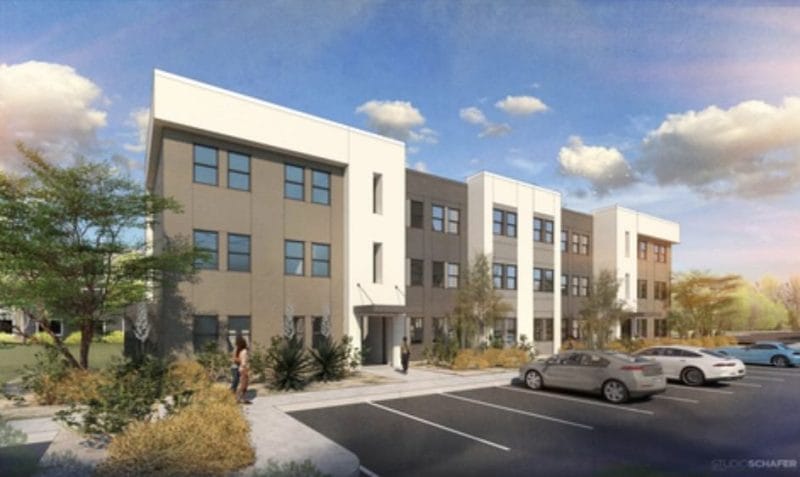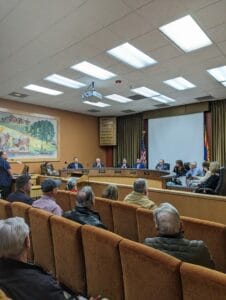By Drew Kann, Renée Rigdon, Daniel Wolfe | CNN
Maricopa, Arizona — For farmers in the deserts of central Arizona, success and failure is defined by who has water and who does not. At the moment, Dan Thelander is still among the haves.
Inside a municipal building in Pinal County, Thelander rolls a map out across the board room table.
On the patchwork of brown desert and green farmland in front of us, Thelander points out the parcels of land where he and his brother, son and nephew grow cotton, alfalfa and several other crops.
About half the water he uses to irrigate his land is pumped out of ancient aquifers deep beneath the desert floor. The other half, however, originates hundreds of miles away at the headwaters of the Colorado River.
Today, this river system supplies 40 million people in seven western states and Mexico, and irrigates more than 5 million acres of farmland on its way into Mexico and the Gulf of California.






